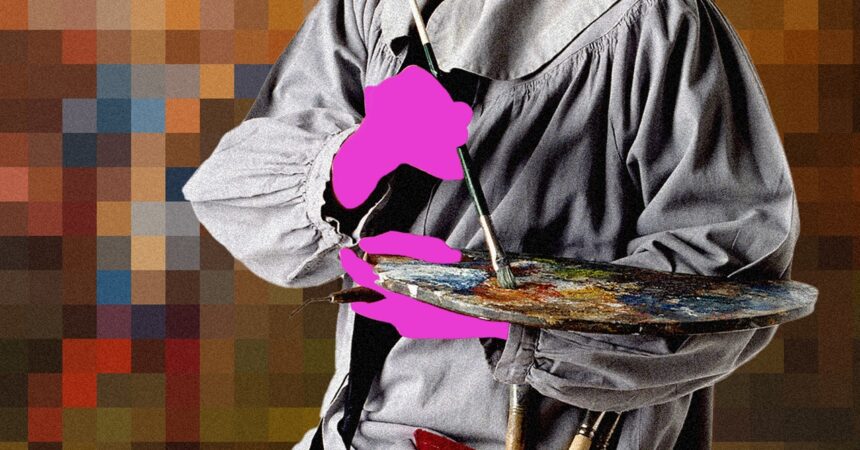The Intersection of AI and Artistic Expression: A Deep Dive into Botto
The rise of artificial intelligence (AI) has significantly transformed various domains, including the world of art. One intriguing project within this sphere is Botto, an AI-based agent that creates visual art with assistance from human feedback. While this endeavor opens up fascinating avenues for artistic exploration, it also raises critical ethical issues that need to be addressed.
What is Botto?
Botto is an AI art generator developed by Mario Klingemann, an artist known for integrating AI into his work. Unlike traditional art-making processes, Botto generates high-priced images by utilizing algorithms trained on public domain works. The model employs neural networks to understand and replicate styles, ultimately producing aesthetically appealing images that can be put up for public voting. The top-rated images are then minted into NFTs (non-fungible tokens), bridging the gap between art and blockchain technology.
Klingemann argues that the work created by Botto does not constitute plagiarism but rather reflects a new form of creativity. He states, “Image models and LLMs are the new search engines… creativity is kind of finding something that already exists in possibility-space.” This standpoint sparks a conversation about the nature of creativity and the role of AI in artistic production.
The Ethical Quandaries
As AI-generated art gains traction, artists express serious concerns about the potential implications for their work and livelihoods. Traditional artists feel threatened as AI models, including Botto, learn from millions of copyrighted artworks, generating countless variations on demand. The fear is that AI art can flood the market, devaluing the work of human artists and contributing to an oversaturated and commoditized art scene.
Klingemann’s work serves as a compelling case study in this slowly evolving landscape. While he champions the democratization of art through AI, many artists argue that such practices could lead to an erosion of artistic integrity. Artists invest time, creativity, and emotional labor into their craft, and when an AI can mimic this process, it raises questions about the value of originality and the essence of the creative spirit.
The Aesthetics of AI Art
On a purely aesthetic level, the images generated by Botto may appear visually appealing. However, critics argue that these works can sometimes seem generic and lack the nuanced depth that often characterizes human art. The notion of originality comes into question: can a machine genuinely create something new, or is it simply remixing existing elements in a way that appears novel?
While the technical prowess behind AI-generated art is impressive, it often feels devoid of emotional connectivity. The human relationship with artwork is deeply rooted in shared experiences, context, and intention. Thus, the question arises: can an AI truly understand or convey these complex human elements through its creations?
The Future of AI in Art
The emerging dialogue on AI in the art world underscores the need for a more nuanced understanding of creativity. As seen with Botto, AI technology can function as a tool that enhances the artistic process rather than a replacement for it. The interplay between AI and artists can potentially lead to novel forms of collaboration, where human intelligence is complemented by machine efficiency, thereby expanding the landscape of artistic possibilities.
For example, artists could leverage AI as a co-creator, using its capabilities to explore new styles or generate variations on their themes. This partnership may enable artists to push the boundaries of their creative expressions rather than diminish their role in the process.
Conclusion
Botto and similar AI projects are reshaping our understanding of art, creativity, and authorship. While they provide a fresh perspective on artistic expression, they also raise critical questions about originality, the value of human creativity, and the ethical implications for professional artists.
As we continue to navigate this evolving terrain, the conversation surrounding AI and art is likely to become increasingly complex. Ultimately, it may lead to a collaborative future where human creativity is enhanced—and not overshadowed—by technological advancements. The challenge lies in finding a balance that acknowledges the contributions of both human artists and their AI counterparts, preserving the integrity of the artistic endeavor in a rapidly changing world.
If you would like to engage with this topic further, share your thoughts on Botto and its implications for the art world. Are we on the brink of a revolutionary artistic era, or is this merely a fleeting trend? Join the dialogue!










